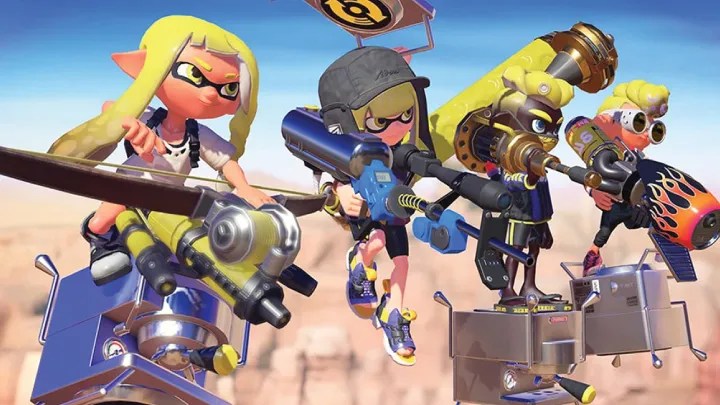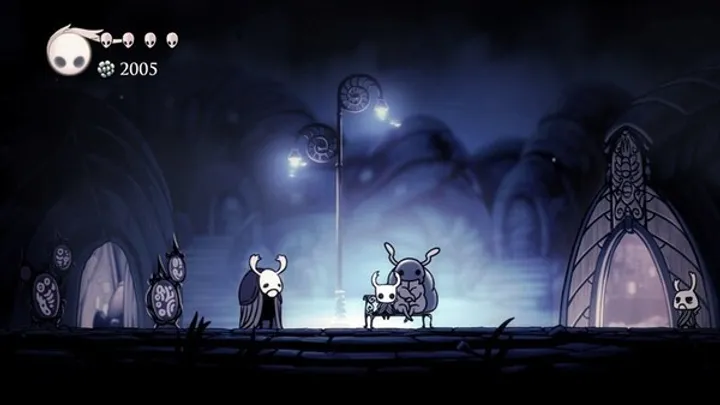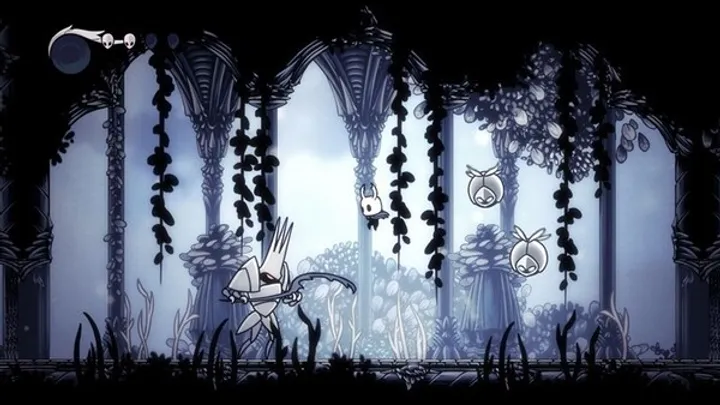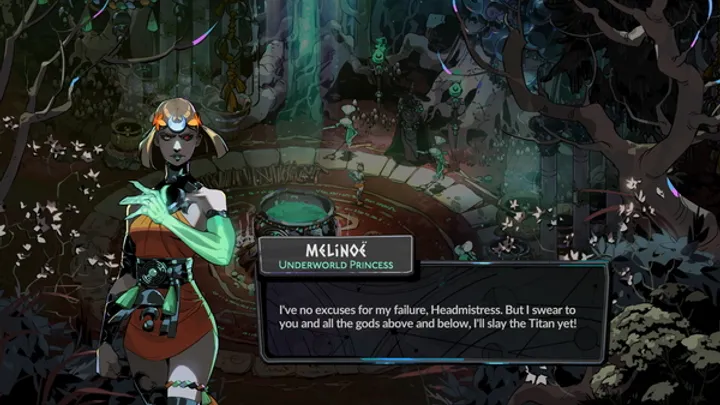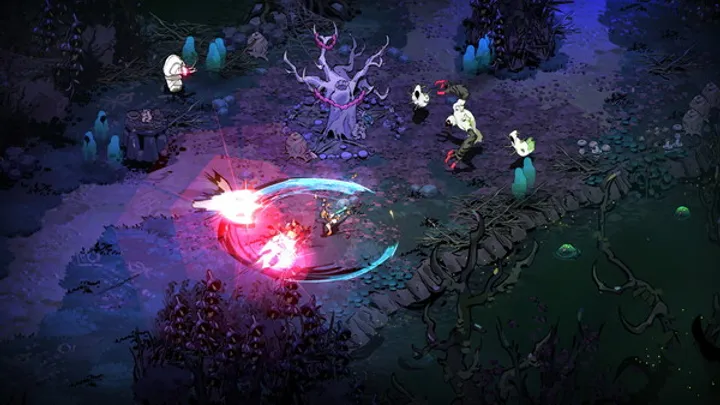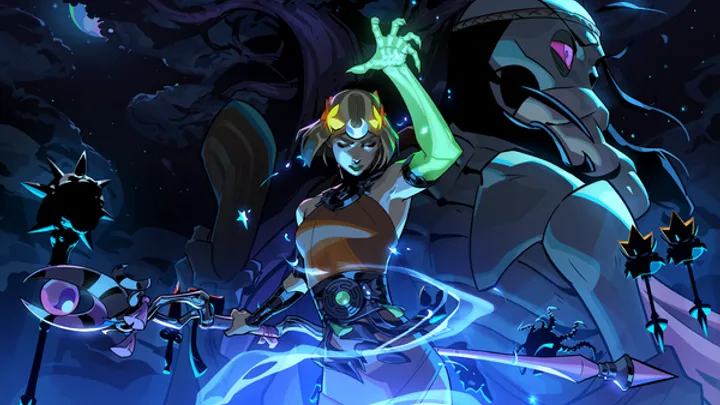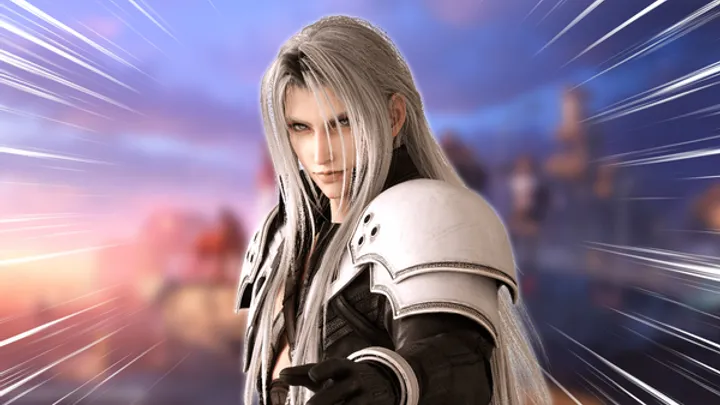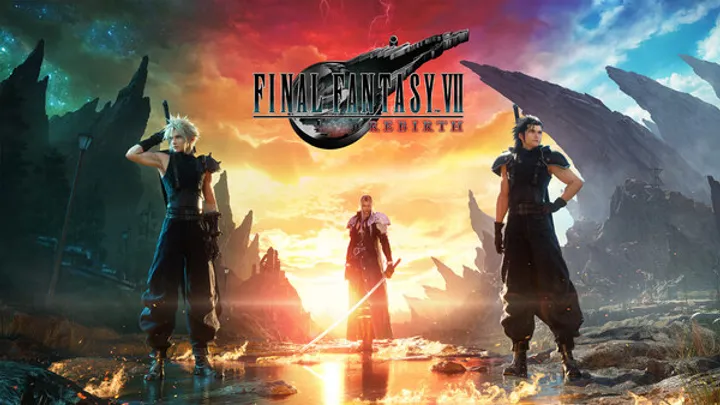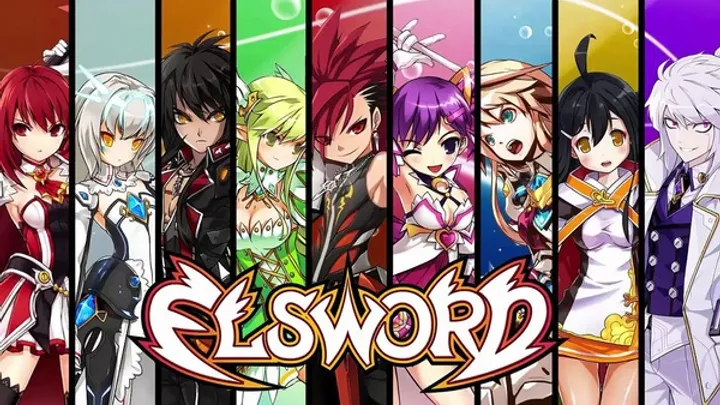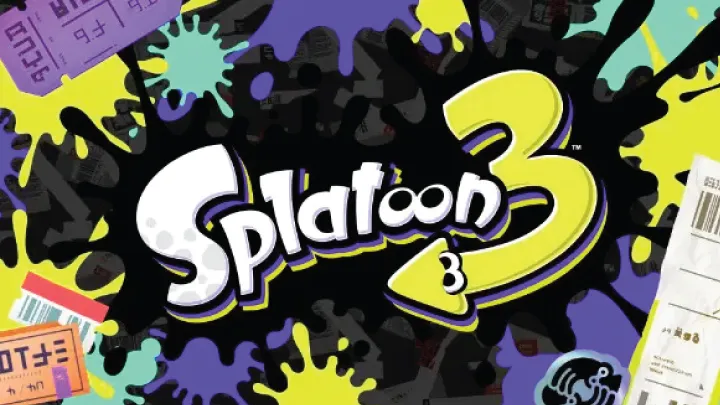
"Splatoon 3" has taken the vibrant world of Inkopolis and expanded it in exciting ways, offering players a fresh experience while building on the foundations laid by its predecessors. Central to this evolution are the gameplay mechanics that define the series, particularly the introduction of new movement dynamics, weapon types, and strategies in competitive play. This article delves deeply into the specific gameplay mechanics of "Splatoon 3," examining how they enhance the overall experience, impact player strategies, and reflect the game's growth as an eSport. We will explore the intricacies of movement, weapon balancing, and the implications of new game modes, providing a comprehensive understanding of how these elements shape the Splatoon experience.
The Foundation of Movement Mechanics
H2: Fluidity in Movement
From its inception, "Splatoon" has been celebrated for its unique movement mechanics, allowing players to traverse maps quickly and fluidly. In "Splatoon 3," these mechanics have been refined and expanded, creating a more dynamic gameplay experience.
H3: The Role of Inking
Inking remains a core mechanic that not only allows players to claim territory but also facilitates movement. Players can swim through their own ink, gaining speed and maneuverability. The strategic use of ink creates opportunities for quick escapes or sudden attacks.
H3: New Movement Abilities
"Splatoon 3" introduces new movement abilities, such as the Squid Surge and Squid Roll, which enhance vertical mobility and evasive maneuvers. The Squid Surge allows players to propel themselves up walls, while the Squid Roll provides a quick dodge that can throw off opponents’ aim. These additions encourage players to explore creative movement strategies, making gameplay more fluid and engaging.
H2: Enhanced Verticality
The introduction of new maps in "Splatoon 3" emphasizes verticality, encouraging players to utilize the environment to their advantage.
H3: Map Design and Height
Many maps feature elevated platforms and vertical elements, which create opportunities for strategic positioning. Players must navigate these environments carefully, using height to gain an advantage over opponents. This design encourages a more tactical approach to gameplay, as players must consider both horizontal and vertical movement.
H3: Strategic High Ground
Holding high ground becomes a critical aspect of competitive play. Teams that successfully control elevated areas can dictate the pace of the match, utilizing snipers and long-range weapons effectively. This dynamic adds depth to team strategies, requiring players to communicate and coordinate their movements.
Weapon Dynamics and Balancing
H2: A Diverse Arsenal
Weapons in "Splatoon 3" have been meticulously balanced to cater to various playstyles, ensuring that no single weapon dominates the meta.
H3: Weapon Classes
The game features a wide range of weapon classes, including shooters, rollers, chargers, and splatlings. Each class offers distinct advantages and disadvantages, allowing players to choose weapons that align with their preferred playstyle. For instance, shooters provide versatility, while chargers excel in long-range engagements.
H3: New Additions
"Splatoon 3" introduces new weapons, such as the Stringer and the Splatanas, which diversify gameplay options even further. The Stringer allows players to shoot a projectile that can cover large areas, while the Splatana introduces melee dynamics into the game. These new weapons challenge players to adapt their strategies and explore different approaches to combat.
H2: Balancing Act
Balancing weapons is an ongoing challenge in competitive settings, and "Splatoon 3" has taken strides to address this issue.
H3: Continuous Updates
Bungie has committed to regular updates that adjust weapon stats and abilities based on player feedback and competitive data. This commitment ensures that the gameplay remains fresh and balanced, preventing any single weapon from becoming overpowered.
H3: Community Engagement
The active engagement of the Splatoon community plays a vital role in balancing efforts. Players regularly share their experiences and suggestions on forums and social media, providing valuable insights that contribute to the ongoing development of weapon dynamics.
Competitive Play and Game Modes
H2: Expanding Competitive Options
"Splatoon 3" has expanded its competitive offerings, introducing new game modes that challenge players in different ways.
H3: Anarchy Battles
Anarchy Battles provide a ranked experience that pits players against each other in various modes, such as Turf War and Splat Zones. These modes emphasize teamwork and strategy, as players must communicate effectively to secure victory. The introduction of new modes keeps the competitive scene dynamic and engaging.
H3: League Battles
League Battles allow players to form teams and compete against others in a more organized setting. This mode encourages team synergy and coordination, as players can strategize together and develop their gameplay styles. The emphasis on teamwork in League Battles elevates the competitive experience, making victories feel more rewarding.
H2: The Role of Strategy
As competitive play evolves, so too do the strategies employed by players.
H3: Team Composition
In "Splatoon 3," team composition has become increasingly important. Teams must balance various weapon types and playstyles to maximize effectiveness. A well-rounded team can adapt to different situations, making them more formidable in matches.
H3: Map Knowledge
Understanding map layouts and dynamics is crucial for success in competitive play. Players must familiarize themselves with choke points, cover opportunities, and high ground. This knowledge allows teams to develop strategies tailored to specific maps, enhancing their chances of victory.
Community Engagement and Esports
H2: The Rise of Competitive Splatoon
With the introduction of new game modes and balancing efforts, the competitive Splatoon scene has gained significant traction.
H3: Tournaments and Events
Community-driven tournaments and events have proliferated, providing players with opportunities to showcase their skills. These events foster camaraderie and competition, drawing in both casual and dedicated players. The rise of organized tournaments has contributed to the overall growth of the Splatoon esports scene.
H3: Streaming and Content Creation
The popularity of "Splatoon 3" has also led to an increase in streaming and content creation. Players share their gameplay experiences, strategies, and tips, fostering a vibrant community that supports one another. This engagement has helped sustain interest in the game, ensuring that players remain connected.
H2: Community Feedback and Development
The Splatoon community plays a vital role in shaping the game’s future.
H3: Player Feedback Channels
CD Projekt Red has established channels for player feedback, allowing the community to voice their opinions on gameplay mechanics, balancing, and potential improvements. This feedback loop is essential for maintaining player satisfaction and ensuring the game evolves in a direction that resonates with its audience.
H3: Adaptation to Player Needs
The developers’ willingness to adapt to player needs demonstrates a commitment to creating a positive gaming experience. By considering community input, the team can make informed decisions that enhance gameplay and keep players engaged.
The Future of Splatoon 3
H2: Evolving Gameplay Mechanics
As "Splatoon 3" continues to grow, players can expect further evolution in gameplay mechanics.
H3: Future Updates
Bungie has indicated that future updates will introduce new content, including additional weapons, maps, and game modes. This commitment to expanding the game ensures that players will always have new challenges to tackle and experiences to explore.
H3: Exploration of New Themes
The developers have hinted at exploring new themes and narratives in future expansions. This could lead to innovative gameplay mechanics and storylines that keep players invested in the Splatoon universe.
H2: Conclusion
The evolution of gameplay mechanics in "Splatoon 3" has significantly enriched the player experience, offering new movement dynamics, weapon balancing, and competitive options. The introduction of features such as the Squid Surge and new weapon types has transformed how players approach combat and strategy, creating a more dynamic and engaging experience. Additionally, the active involvement of the community in shaping the game’s future ensures that "Splatoon 3" remains responsive to player needs and preferences. As the game continues to evolve, players can look forward to a vibrant and ever-changing world that challenges their skills and creativity.
